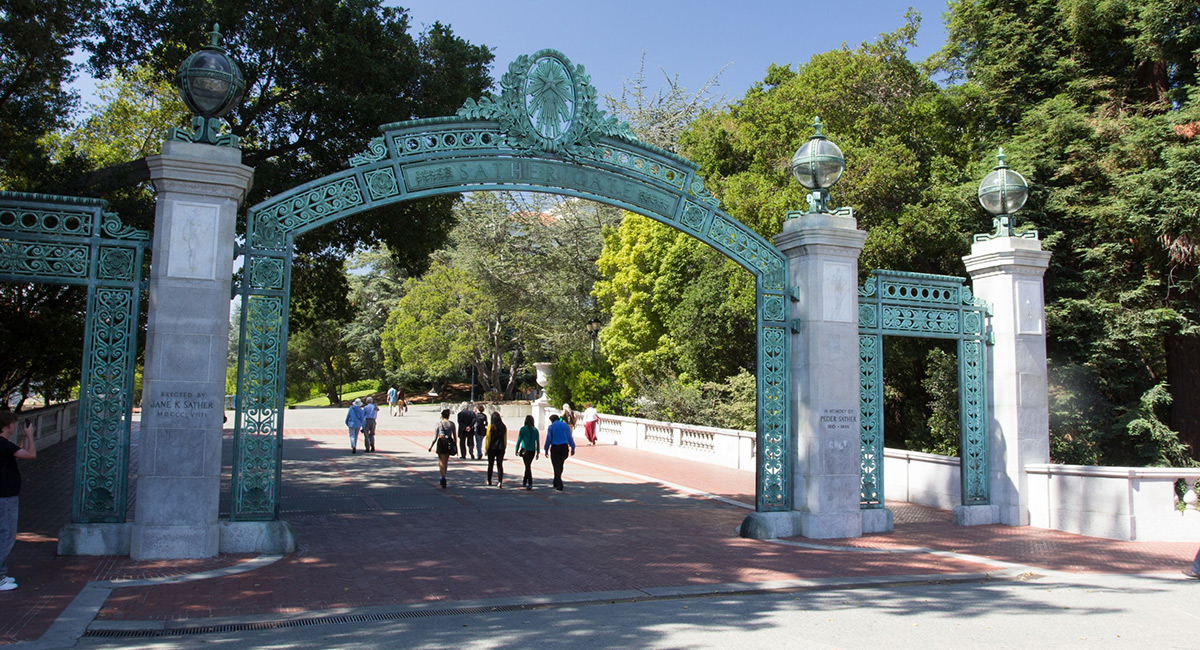American universities are not having their finest hour, partly because of Covid-19. But even after the pandemic, they will be weaker and less consequential than they were a decade or even a generation or two ago. Why? Who is to blame?
First, what’s the basis for my negative assessment?
- Enrollments have shown the longest decline in modern American history, and polling shows public support and respect has declined;
- While data are somewhat contradictory, collegiate student learning appears embarrassingly low given resources expended;
- America’s primacy in basic research is starting to erode, which likely will continue as other nations markedly increase research spending;
- Universities are abandoning operating principles used since the Enlightenment, or example, restricting politically incorrect speech, emphasizing ideology and group status instead of discovery, individual merit and hard work;
- Schools have become excessively expensive and often show little regard for student needs, making them a less desirable financial investment.
There are a myriad of other problems, outlined by me recently in a 400-page book. But who is to blame? Is the problem largely external—for example inadequate funding or inappropriate state or federal mandates constraining university behavior? Or is the problem mostly internal?
I assign some blame to external forces (mainly governments, especially the Feds through student financial assistance programs) but more internally, to people directly associated with the university. That includes students, faculty, administrators, governing boards, alumni and “friends” (donors). All these groups cause occasional problems. Faculty do silly, often embarrassing things, and their unions sometimes make unreasonable demands. Students occasionally gravely misbehave, causing their school serious damage. Governing boards are perennially clueless about what is happening and are too willing to rubber stamp whatever the president wants. Alumni and friends continue to support universities, sometimes imprudently allocating their donations, but generally are more helpful than harmful.
That leaves the administration. Here there have been dramatic changes over time. When I started teaching in the 1960s, there were typically around two faculty for every non-faculty support person. Faculty were often very powerful. The demand for professors was growing faster than the supply, so faculty were pampered and had power. Today, there are more administrators than faculty at most schools. Professors are, figuratively, a dime a dozen. More decisions are made by the bureaucracy. The instructional share of budgets has fallen substantially. And the bureaucrats are mostly not academics, sometimes not valuing such cherished academic values as a quest for knowledge, discovery of new truths, and a passion for civil discussion and debate. Some administrators disparage basic principles of intellectual ferment, preferring that schools enforce politically correct ideologies more reminiscent of medieval universities than of modern institutions that are true marketplaces of ideas.
Excessive bureaucracy interferes with teaching and research functions and wastes faculty time. At many University of California campuses, faculty take the equivalent of a diversity and inclusion loyalty oath, demonstrating their commitment to expanding opportunities for groups with low rates of university participation. They are evaluated partly not by faculty peers but by others far removed from their area of expertise, sometimes even having veto power over hiring and promotions.
At my university, budget woes forced us to lay off several hundred faculty, in addition to secretarial, janitorial and related personnel, but I think not a single highly paid administrator was dismissed. Classes must go online for health reasons, but the football team can still play (as of this writing) home games; football is too important to cancel, health risks be damned. We can do away with teaching Russian, but still must have an Office of Strategy and Innovation with two administrators making more than the state’s Governor—positions non-existent a decade ago.
I recently received a note from my department chair saying that if I wanted to teach this fall, I had to produce a copy of my college transcript—from 55 years ago, to see if I am qualified to teach a class that I have already taught dozens of times. I probably provided a transcript decades ago, but the university is too lazy to look for it or threw it away. Such idiocy interferes with professors’ main job—disseminating and expanding knowledge. God help the next generation of both students and professors, who ARE the university.












